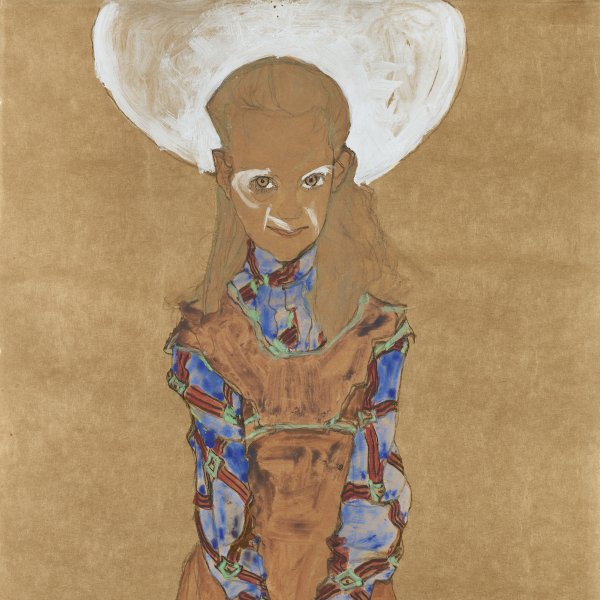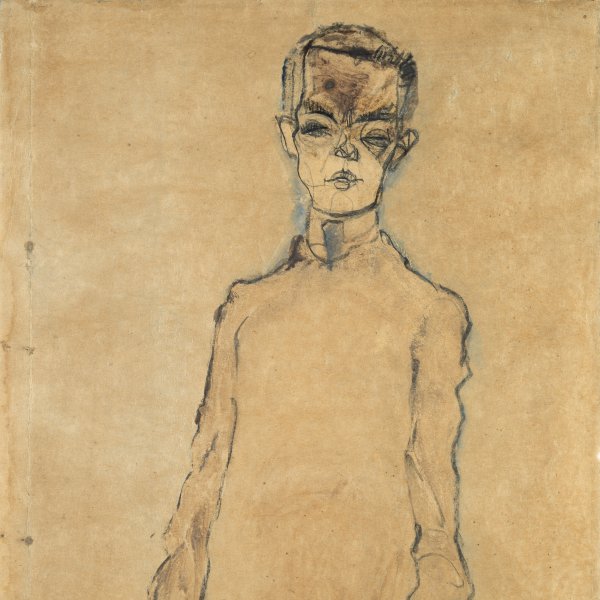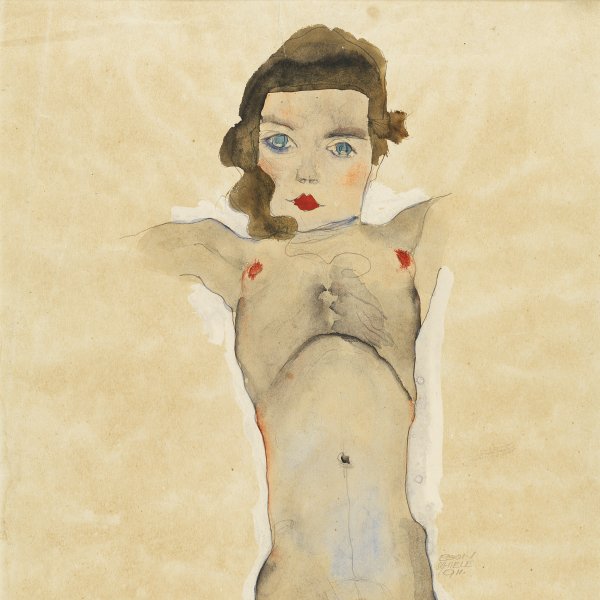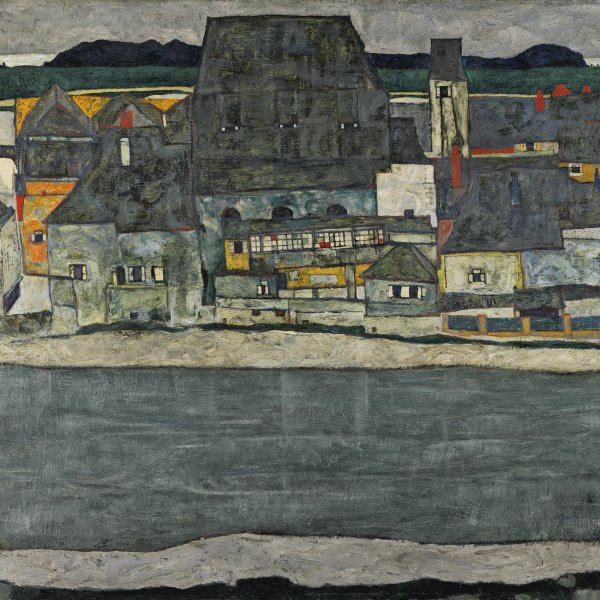Egon Schiele
Tulln, 1890-Vienna, 1918
Despite dying early before he was even thirty, the painter Egon Schiele, together with Oskar Kokoschka, is regarded as the greatest exponent of Austrian Expressionism. He began studying art in 1906 at the Akademie für Bildenden Künste in Vienna, under Christian Griepenkerl, and dropped out in 1909 to form the Neukunstgruppe along with other young painters such as Anton Peschka. The group’s manifesto, written by Schiele, advocated the individuality of the artist, and resulted in its splitting up after only a short time.
During these early years, Schiele felt a keen attraction for the modernist Jugendstil and particularly for the work of Gustav Klimt, whom he had met in 1907. He showed his work to the Viennese public at the Internationale Kunstschau of 1909, where he came into contact with his first and most important patrons, such as the critic Arthur Roessler, whose portraits he later painted.
A notable feature of Schiele’s oeuvre, which was centred on representing the human figure, was his obsession with painting self-portraits, in which he transgressed the cultural and moral conventions of the day in his analysis of his body. He was also interested in portraying the diverse facets of sexuality, which led his art to be branded as pornography on many occasions. This forced him to change residence in 1911, serve a spell in prison in 1912 and have a few of his works publicly burned. Starting in 1911 he produced series of urban landscapes, depicting, among other places, his mother’s town of birth, Krumau (now part of the Czech Republic). In these works his art tended towards simplification and even to abstraction, as can also be seen in his later depictions of trees.
At the beginning of 1910, Schiele began to establish closer contacts outside Austria and took part in various exhibitions. The recognition of his work gradually improved his dire financial situation. Furthermore, his marriage to Edith Harms in 1915 tinged his work with a certain amount of optimism, even though he was conscripted a few days after the wedding owing to the outbreak of the First World War. He fell victim to an influenza epidemic and died in 1918.
During these early years, Schiele felt a keen attraction for the modernist Jugendstil and particularly for the work of Gustav Klimt, whom he had met in 1907. He showed his work to the Viennese public at the Internationale Kunstschau of 1909, where he came into contact with his first and most important patrons, such as the critic Arthur Roessler, whose portraits he later painted.
A notable feature of Schiele’s oeuvre, which was centred on representing the human figure, was his obsession with painting self-portraits, in which he transgressed the cultural and moral conventions of the day in his analysis of his body. He was also interested in portraying the diverse facets of sexuality, which led his art to be branded as pornography on many occasions. This forced him to change residence in 1911, serve a spell in prison in 1912 and have a few of his works publicly burned. Starting in 1911 he produced series of urban landscapes, depicting, among other places, his mother’s town of birth, Krumau (now part of the Czech Republic). In these works his art tended towards simplification and even to abstraction, as can also be seen in his later depictions of trees.
At the beginning of 1910, Schiele began to establish closer contacts outside Austria and took part in various exhibitions. The recognition of his work gradually improved his dire financial situation. Furthermore, his marriage to Edith Harms in 1915 tinged his work with a certain amount of optimism, even though he was conscripted a few days after the wedding owing to the outbreak of the First World War. He fell victim to an influenza epidemic and died in 1918.








